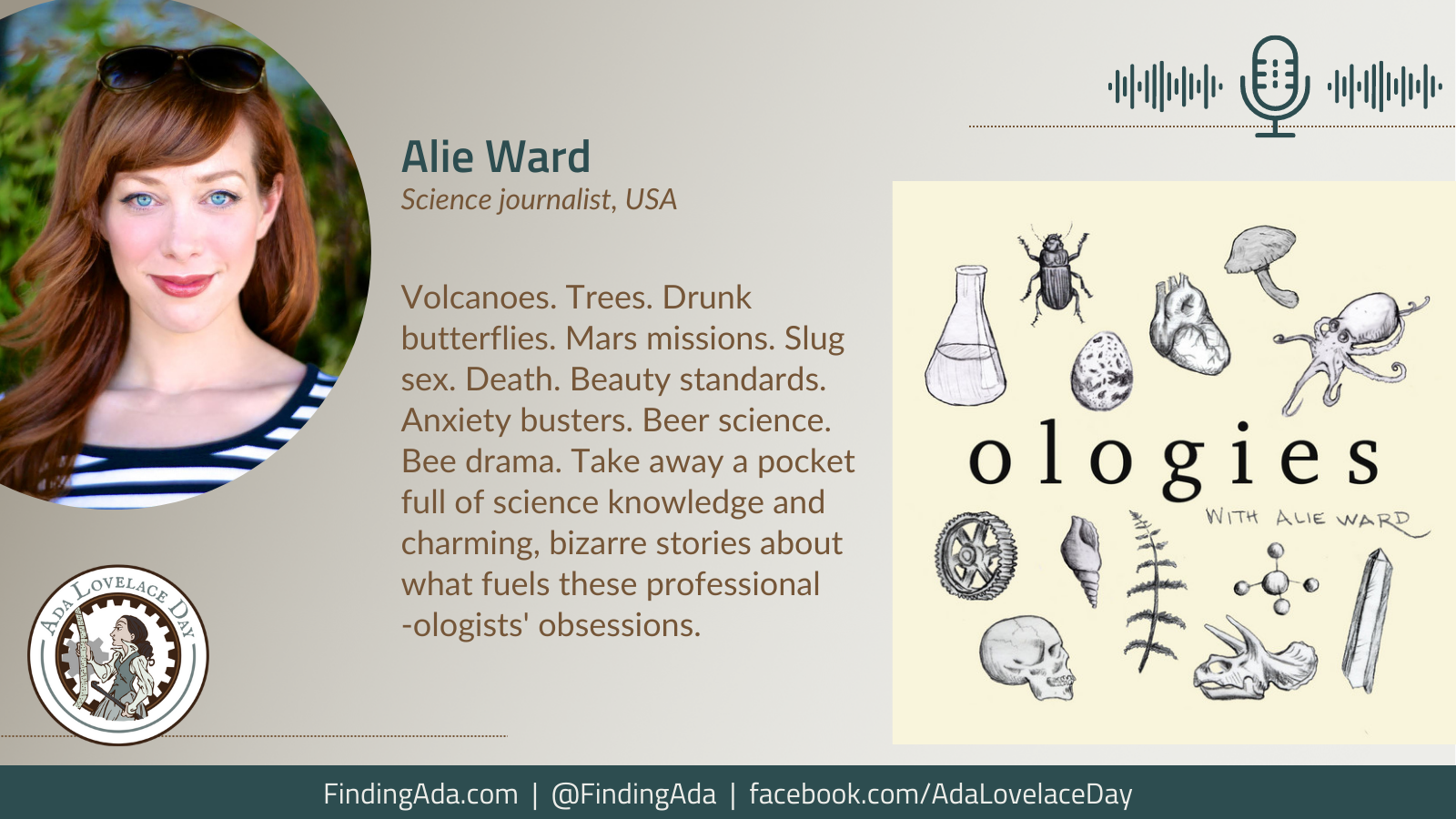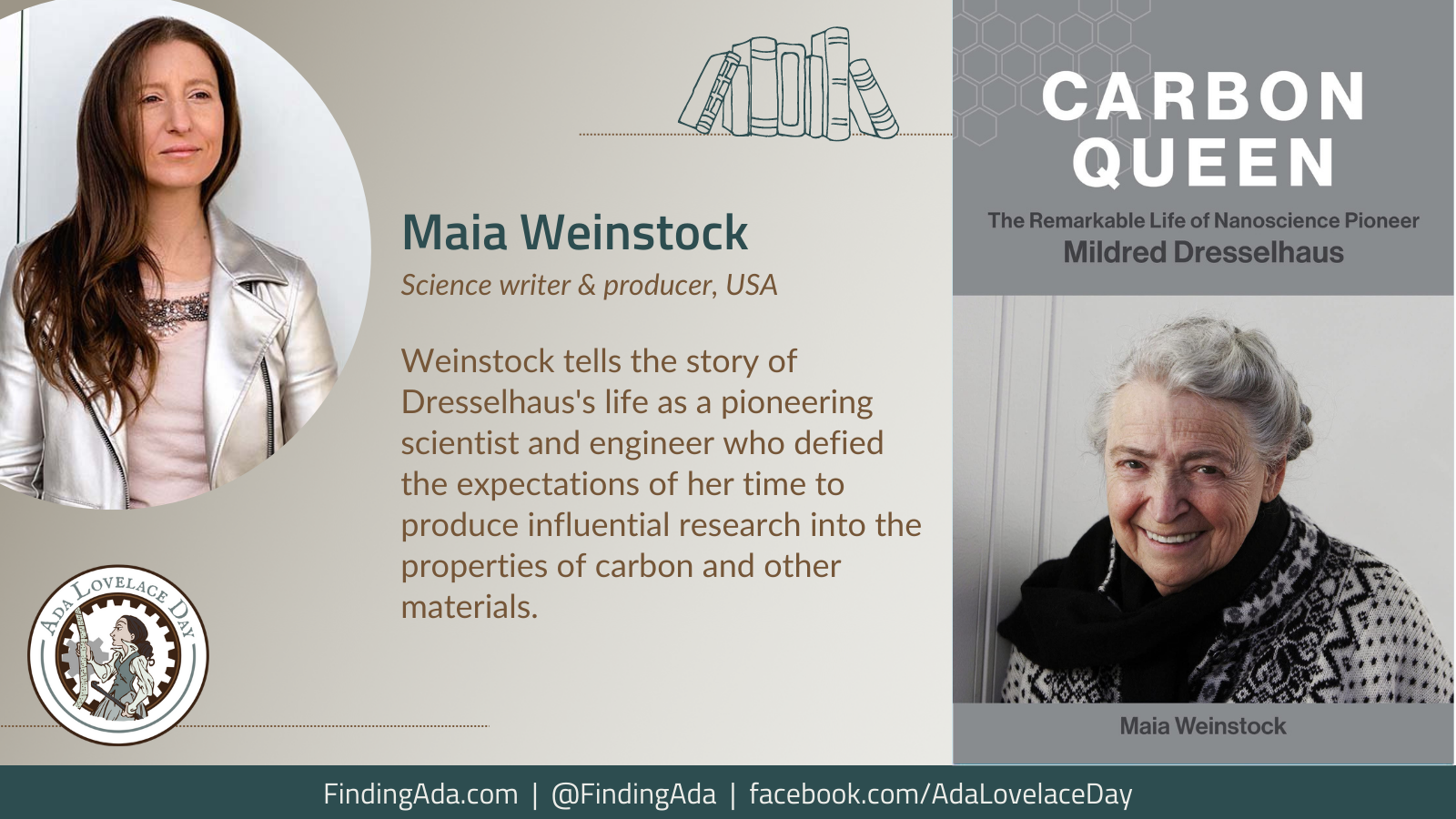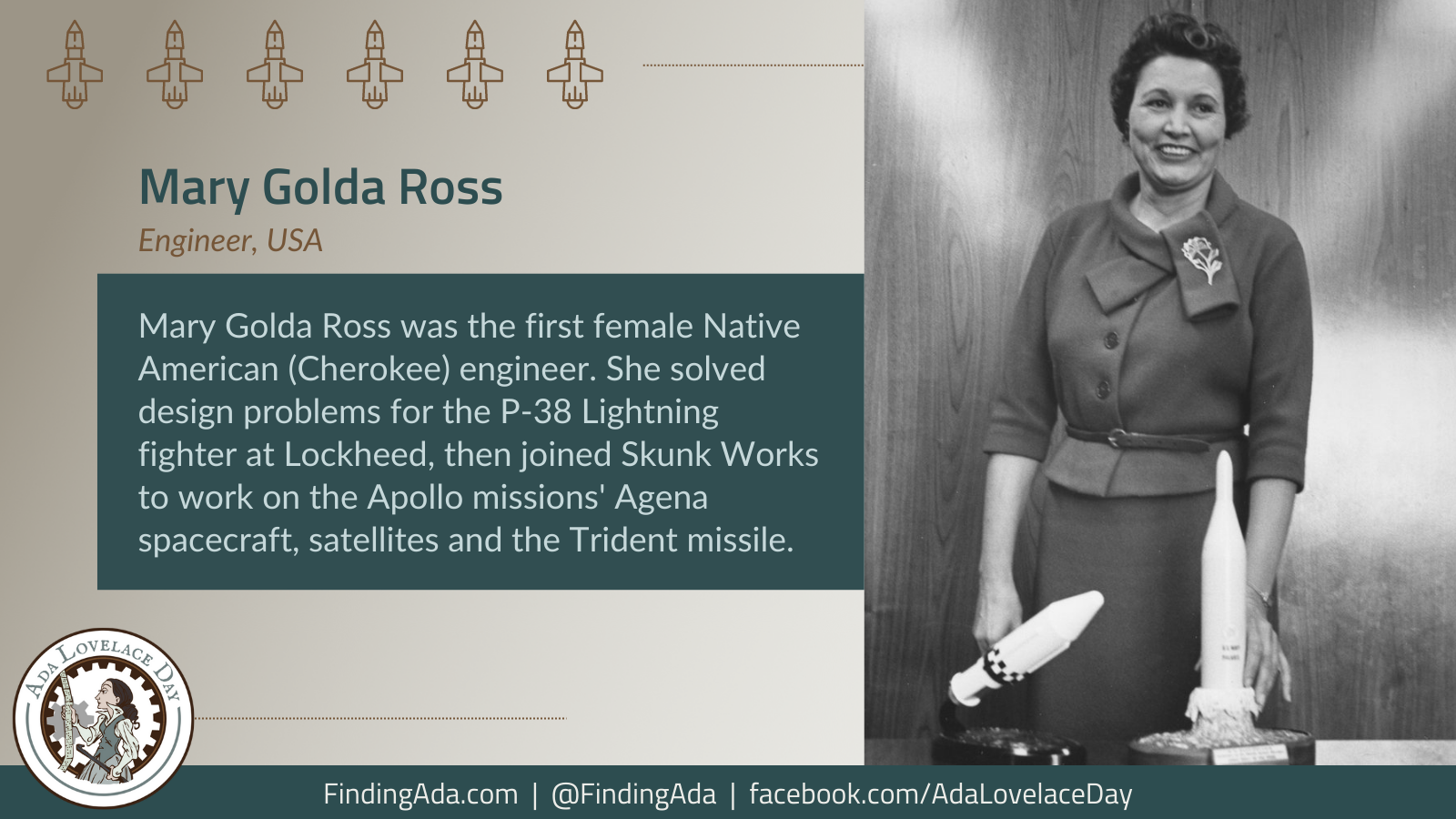
Professor Marie Maynard Daly
Prof Marie Maynard Daly was a biochemist who co-discovered the link between high cholesterol, high blood pressure, and the clogged arteries that can cause heart disease and strokes.
Marie Maynard Daly was born in 1921, in New York City. Her interest in science was spurred in part from her father’s thwarted ambition to become a chemist and from reading about scientists in her grandfather’s library – in particular, the book Microbe Hunters by Paul de Kruif.
In 1942, she graduated magna cum laude from Queens College with a bachelor’s in chemistry. She finished in the top 2.5 percent of her class and earnt the honour Queens College Scholar. She got her master’s from New York University and, in 1947, her doctorate from Columbia University. She was the first African American woman to earn a PhD in chemistry in the United States, as well as being the first African American to earn a PhD in any subject from Columbia University. Daly’s doctoral research explored how the enzyme amylase acts during digestion.
She worked at Howard University for two years before moving to the Rockefeller Institute, where she spent seven years studying the composition of the cell nucleus and how proteins are made. She discovered direct experimental evidence that RNA is required for protein synthesis. The importance of her work was noted by James Watson and Francis Crick in their 1962 Nobel Prize speech.
In 1955, she went back to Columbia University where she studied the causes of heart attacks with Quentin Deming, before the pair moved to continue their work at the Albert Einstein College of Medicine in New York. Together, they discovered the link between high cholesterol and clogged arteries, or atherosclerosis, which can result in heart attack or stroke. Daly’s groundbreaking rat studies, where she measured their cholesterol levels, blood pressure and how damaged or clogged their arteries were, indicated a strong correlation between high blood pressure and high cholesterol. Her work has served as a foundation for research into atherosclerosis and related diseases.
Daly investigated the damage that cigarettes have on the heart and lung circulatory systems and collaborated on a study that found lesions in the lungs of dogs that were exposed to chronic cigarette smoke. She also studied histones, a type of protein that plays a key part in gene expression, controlling whether a gene is turned on, or “expressed”, carefully cataloguing histones’ properties and composition.
Outside her work, Daly was interested in supporting African American and other minority students in pursuing STEM careers. She started a scholarship at her alma mater, Queens College, to support minority students interested in physics or chemistry, in honour of her father.
She also assisted with the Martin Luther King Robert F Kennedy program run at Albert Einstein College, which provided advice and guidance on admission for minority students. Daly spoke about her experiences as a minority woman in science to the American Association for the Advancement of Science, culminating in the report, The Double Bind: The Price of Being a Minority Woman in Science.
Daly was included as one of the National Technical Association’s top 50 women in Science, Engineering and Technology in 1999. She died in 2003, aged 83.
Further Reading
- Marie Maynard Daly, Wikipedia
- Marie Maynard Daly, Carissa Wong, New Scientist
- The Double Bind: The Price of Being a Minority Woman in Science, Shirley Mahaley Malcom, Paula Quick Hall and Janet Welsh Brown, American Association for the Advancement of Science, December 1975.
- Unsung: Marie Maynard Daly, Sibrina Nichelle Collins, Undark, 8 July 2017
- Marie Maynard Daly, Science History Institute, 9 November 2018
- Marie M. Daly — From a Love of Science to a Legacy of Discoveries, Wei Li, Harvard: Science in the News, 12 November 2020
- Marie Maynard Daly was a trailblazing biochemist, but her full story may be lost, Megan Scudellari, Science News, 2 March 2022
- Biochemist Marie Maynard Daly uncovered what makes us tick, Yasmin Tayag, Popular Science, 20 May 2022




